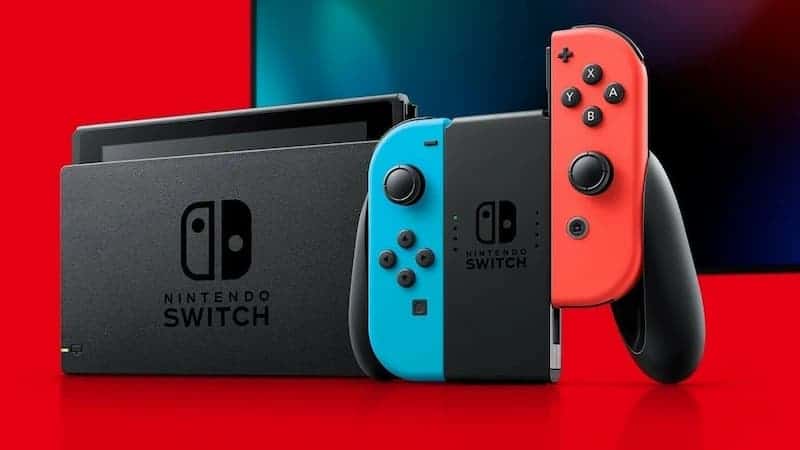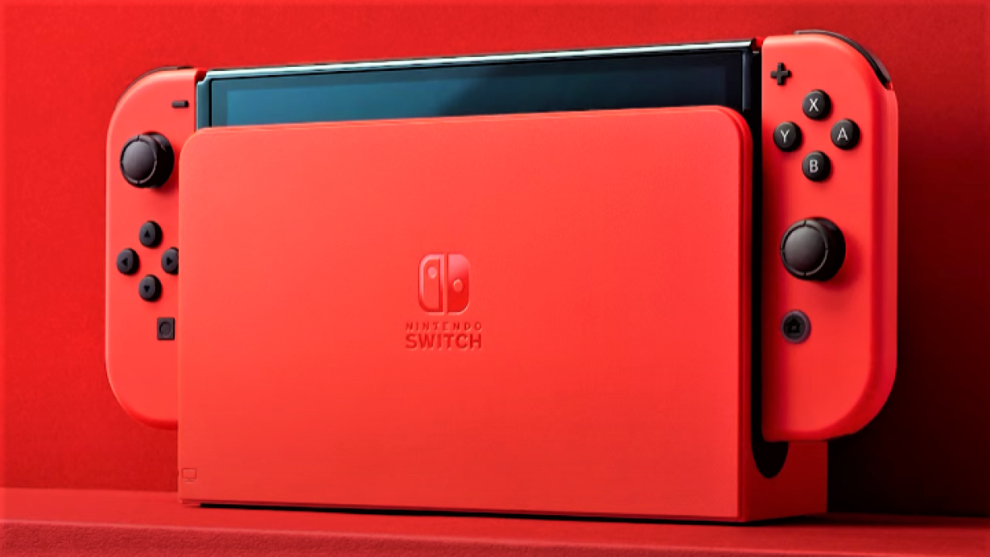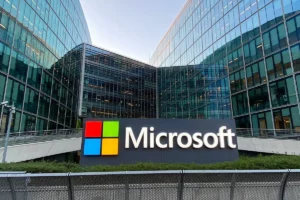In a strategic move that has rejuvenated investor confidence, Nintendo’s confirmation of backwards compatibility for its upcoming Switch 2 console has triggered a remarkable 5.8% surge in the company’s stock price. The announcement comes at a crucial time for the gaming giant, which recently reported declining profits and lower-than-expected sales for its current Nintendo Switch platform.
The gaming world has been eagerly anticipating details about Nintendo’s next-generation console, and today’s announcement by Nintendo President Shuntaro Furukawa provides the first official glimpse into the company’s vision for the future. Furukawa’s statement confirmed that existing Switch owners will be able to carry their current game libraries forward to the new platform, a decision that industry analysts view as both consumer-friendly and commercially astute.
According to Serkan Toto, CEO of Japanese gaming industry consultancy Kantan Games, the market’s positive reaction stems from Nintendo’s apparent commitment to evolution rather than revolution. Investors are interpreting the backwards compatibility announcement as a signal that the Switch 2 will build upon its predecessor’s successful foundation rather than venture into uncharted territory with experimental features.
This conservative yet calculated approach comes in the wake of the original Switch’s extraordinary success. Since its launch in March 2017, the hybrid console has achieved remarkable milestones, selling an impressive 146.04 million units and amassing software sales of 1.3061 billion units – setting a new record for Nintendo’s gaming platforms. The console’s active user base remains robust, with Nintendo reporting 127 million annual players even in the platform’s eighth year.

Recent leaks appear to support Nintendo’s strategy of refinement over reinvention. Technical analysis from Digital Foundry, examining leaked photos from Chinese sources, suggests that the Switch 2 will maintain familiar design elements while introducing meaningful improvements. The leaked specifications describe an enhanced device featuring an eight-inch LCD screen, a larger form factor, and redesigned Joy-Cons that connect via magnetic rails. The hardware appears to incorporate dual USB-C ports for improved versatility in charging and peripheral connections, along with continued support for Micro-SD cards and game cartridges.
Perhaps most significantly, the technical specifications suggest a substantial upgrade in processing power, with the new console reportedly featuring 12GB of RAM – triple the original Switch’s 4GB – and capable of handling up to 102GB/s of bandwidth. These improvements indicate Nintendo’s intention to deliver enhanced gaming experiences while maintaining compatibility with the existing Switch ecosystem.
The company’s commitment to maintaining service continuity extends beyond hardware compatibility, with confirmation that Nintendo Switch Online subscriptions will transfer to the new platform. This comprehensive approach to backwards compatibility demonstrates Nintendo’s understanding of its user base’s investment in the Switch platform, both in terms of game libraries and online services.
While Nintendo has traditionally been known for bold hardware innovations, from the motion controls of the Wii to the dual-screen setup of the DS, the market appears to favor the company’s more measured approach with the Switch 2. The original Switch’s success in unifying home and portable gaming has created a formula that resonates with both casual and dedicated players, suggesting that radical changes might be unnecessary or even counterproductive.
Despite the positive market response and mounting evidence about the console’s features, Nintendo maintains its characteristic secrecy regarding launch timing. The company has committed to announcing the Switch 2 during the current financial year, which ends in April 2025, but industry analysts now consider a 2024 reveal unlikely. The earliest realistic window for an official announcement appears to be January 2025, with the actual release date presumably following sometime after April.
This timeline gives Nintendo additional opportunity to refine its strategy and potentially build anticipation among its substantial user base. The company’s careful balance between innovation and familiarity appears designed to facilitate a smooth transition for existing Switch owners while offering enough improvements to attract new customers.
As the gaming industry continues to evolve, Nintendo’s approach with the Switch 2 reflects a mature understanding of its market position. Rather than pursuing novelty for its own sake, the company seems focused on preserving and enhancing the aspects that made the original Switch successful while introducing meaningful technical improvements. This strategy has clearly resonated with investors, who see it as a prudent path forward for one of gaming’s most influential companies.
















Add Comment